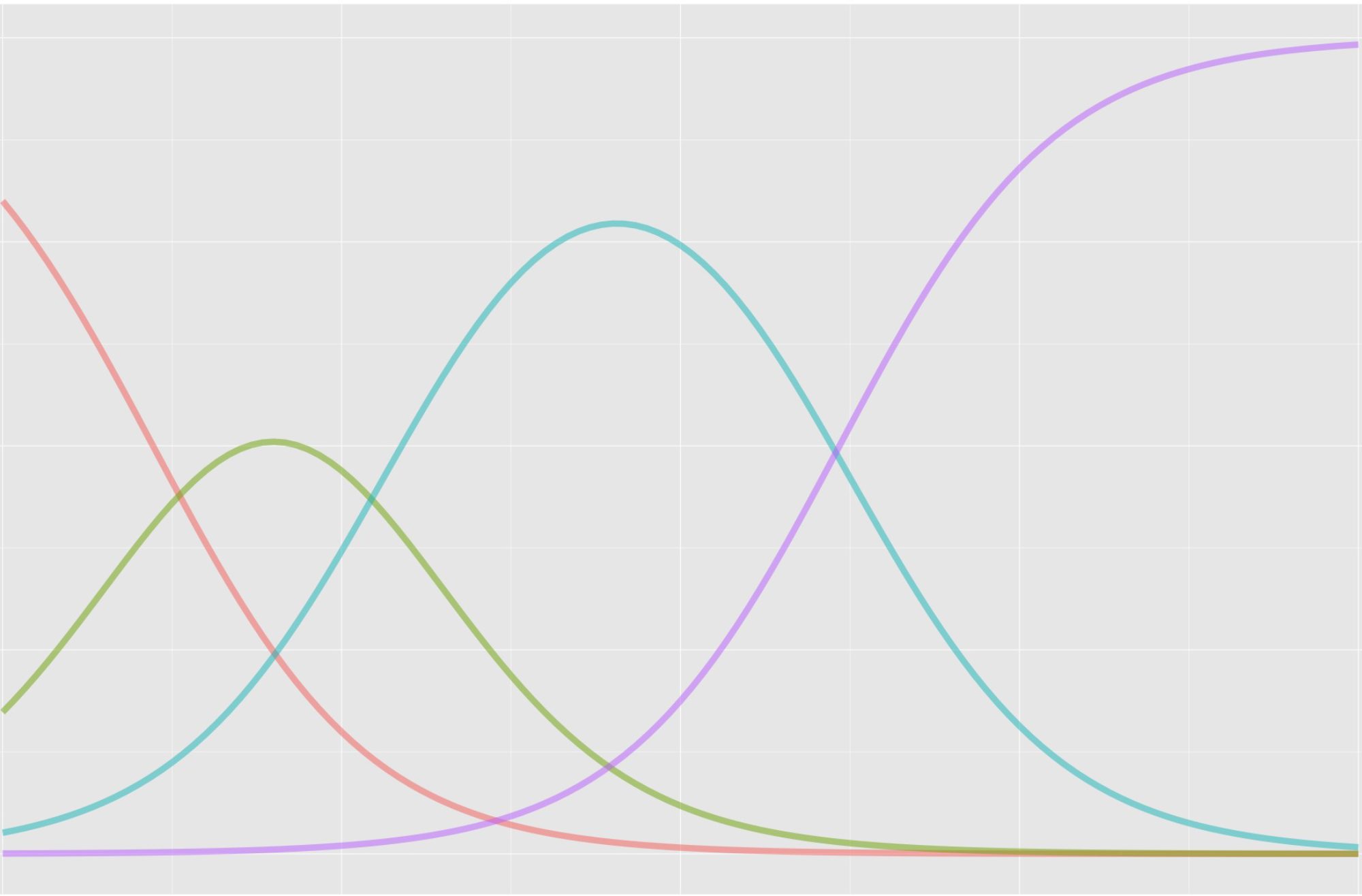In a commentary article from 2021 on social responsibility in admission testing (Albano, 2021), I recommended that we start crowd-sourcing the test development process.
By crowd-sourced development, I mean that the public as a community will support the review of content so as to organically and dynamically improve test quality. Not only does this promise to be more transparent and efficient than review by selected groups, but, with the right training, it also empowers the public to contribute directly to assessing fairness, sensitivity, and accessibility. Furthermore, a more diverse population, potentially the entire target population, will have access to the test, which will facilitate the rapid development of content that is more representative of and engaging for historically marginalized and underrepresented groups. This community involvement need not replace or diminish expert review. It can supplement it.
The idea of crowd-sourcing item writing and review has been on my mind for a decade or so. I pursued it while at the University of Nebraska, creating a web app (https://proola.org, now defunct) intended to support educators in sharing and getting feedback on their classroom assessment items. We piloted the app with college instructors from around the US to build a few thousand openly-licensed questions (Miller & Albano, 2017). But I couldn’t keep the momentum going after that and the project fizzled out.
Also while at Nebraska, I worked with Check for Learning (C4L, also now defunct I believe), a website managed by the Nebraska Department of Education that let K12 teachers from across the state share formative assessment items with one another. The arrangement was that a teacher would contribute a certain number of items to the bank before they could administer questions from C4L in their classroom. If I remember right, the site was maintained for a few years but ultimately shut down because of a lack of interest.
In these two examples, we can think of the item writing process as being spread out horizontally. Instead of the usual limited and controlled sample, access is given to a wider “crowd” of content experts. In the case of C4L, the entire population of teachers could contribute to the shared item bank.
Extending this idea, we can think of community engagement as distributing assessment development vertically to other populations, where we expand both on a) what we consider to be appropriate content, and b) who we consider to be experts in it.
In addition to working with students and educators, engaging the community could involve surveying family members or interviewing community leaders to better understand student backgrounds and experiences. We might review outlines/frameworks together, and get feedback on different contexts, modes, and methods of assessment. We could discuss options for assessment delivery and technology, and how to best communicate regarding assessment preparation, practice at home, and finally interpreting results.
I am hearing more discussion lately about increasing community engagement in assessment development. The aim is to decolonize and create culturally relevant/sustaining content, while also enhancing transparency and buy-in at a more local level. This comes alongside, or maybe in the wake of, a broader push to revise our curricula and instruction to be more oriented toward equity and social justice.
I’m still getting into the literature, but these ideas seem to have taken shape in the context of educational assessment, and then testing and measurement more specifically, in the 1990s. Here’s my current reading list from that timeframe.
- Ladson-Billings and Tate (1995) introduce critical race theory in education as a framework and method for understanding educational inequities. In parallel, Ladson-Billings (1995) outlines culturally responsive pedagogy.
- Moss (1996) argues for a multi-method approach to validation, where we leverage the contrast between traditional “naturalist” methods with contextualized “interpretive” ones, with the goal of “expanding the dialogue among measurement professionals to include voices from research traditions different from ours and from the communities we study and serve” (p 20).
- Lee (1998), referencing Ladson-Billings, applies culturally responsive pedagogy to improve the design of performance assessments “that draw on culturally based funds of knowledge from both the communities and families of the students” and that “address some community-based, authentic need” (p 273).
- Gipps (1999) highlights the importance of social and cultural considerations in assessment, referencing Moss among others, within a comprehensive review of the history of testing and its epistemological strengths and limitations.
- Finally, Shepard (2000), referencing Gipps among others, provides a social-constructivist framework for assessment in support of teaching and learning, one that builds on cognitive, constructivist, and sociocultural theories.
References
Albano, A. D. (2021). Commentary: Social responsibility in college admissions requires a reimagining of standardized testing. Educational Measurement: Issues and Practice, 40, 49-52.
Gipps, S. (1999). Socio-cultural aspects of assessment. Review of Research in Education, 24, 355–392.
Ladson-Billings, G. (1995). Toward a theory of culturally relevant pedagogy. American Educational Research Journal, 32, 465-491.
Ladson-Billings, G., & Tate, W. F. (1995). Toward a critical race theory of education. Teachers College Record, 97, 47-68.
Lee, C. D. (1998). Culturally responsive pedagogy and performance-based assessment. The Journal of Negro Education, 67, 268-279.
Miller, A. & Albano, A. D. (2017, October). Content Camp: Ohio State’s collaborative, open test bank pilot. Paper presented at OpenEd17: The 14th Annual Open Education Conference, Anaheim, CA.
Moss, P. A. (1996). Enlarging the dialogue in educational measurement: Voices from interpretative research traditions. Educational Researcher, 25, 20-28.
Shepard, L. A. (2000). The role of assessment in a learning culture. Educational Researcher, 29, 4-14.
